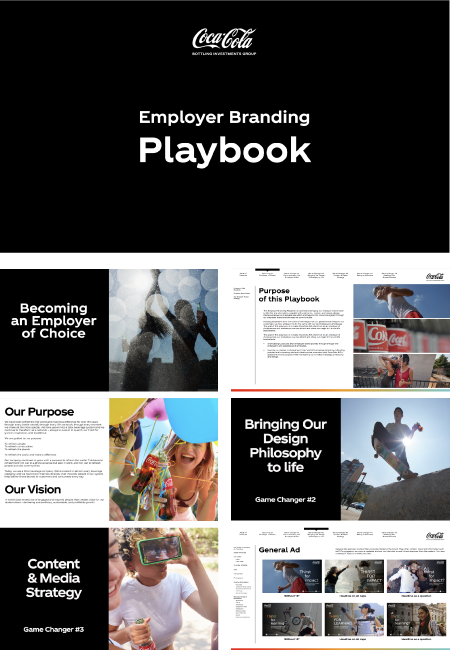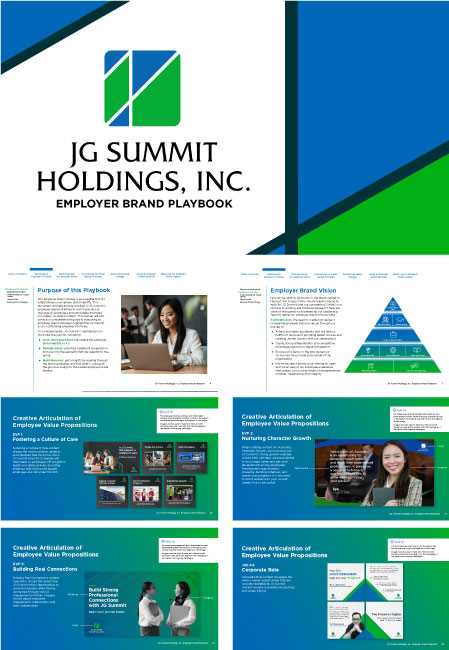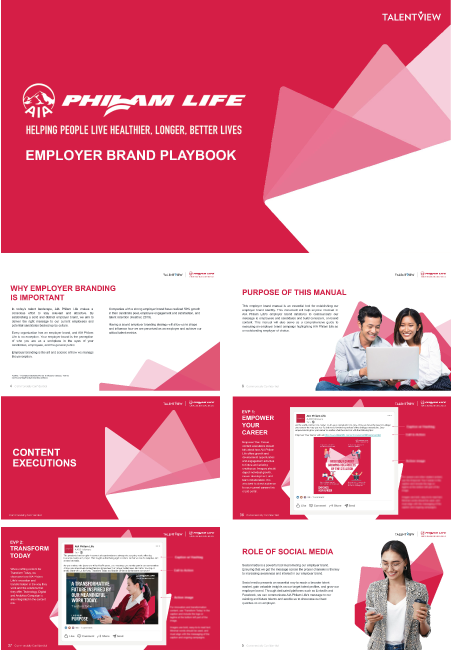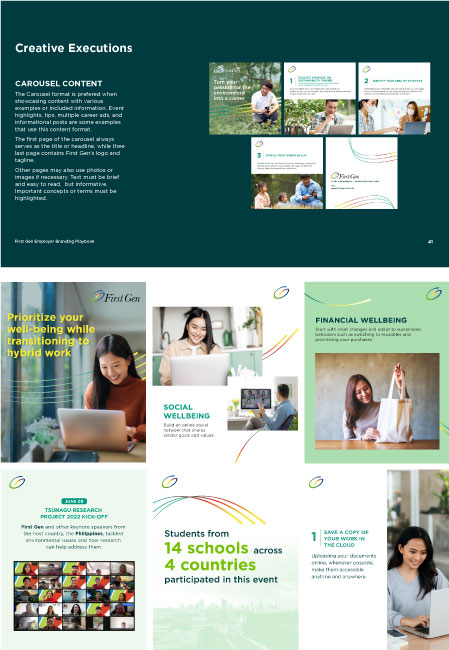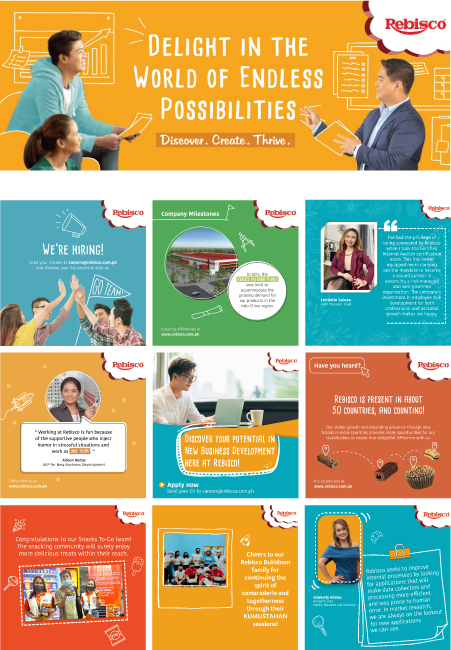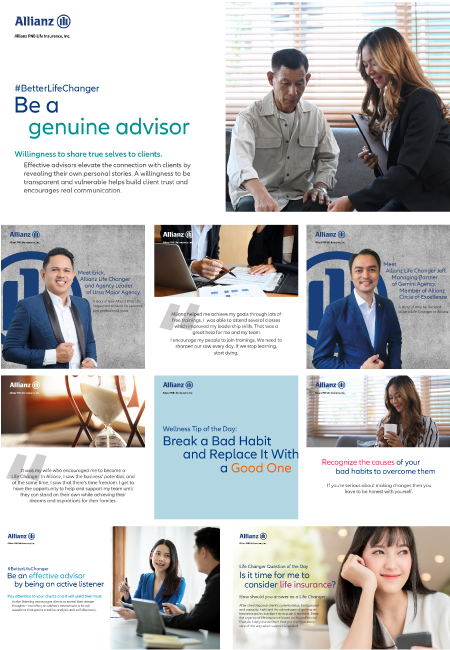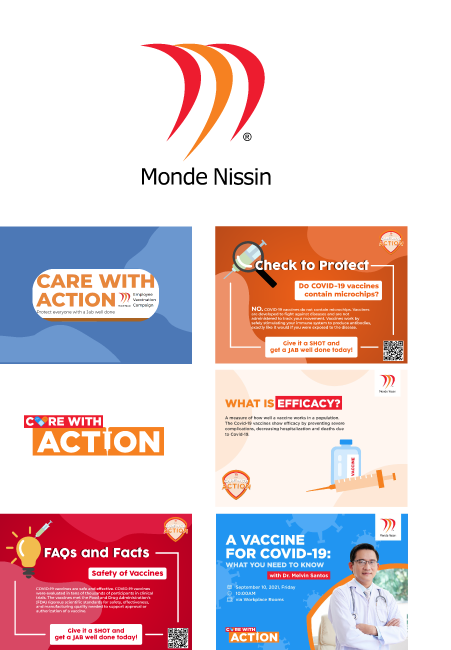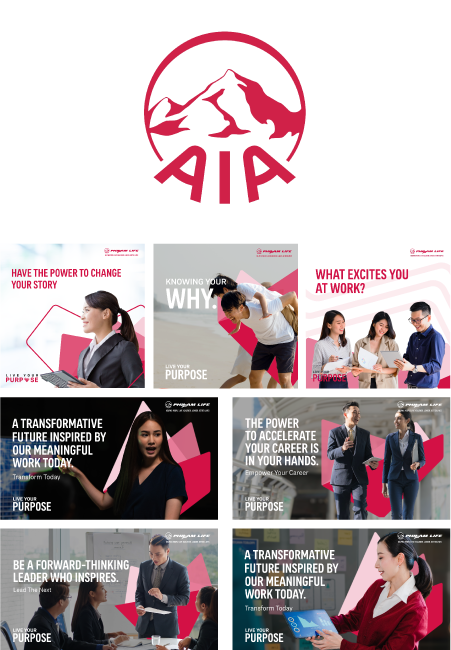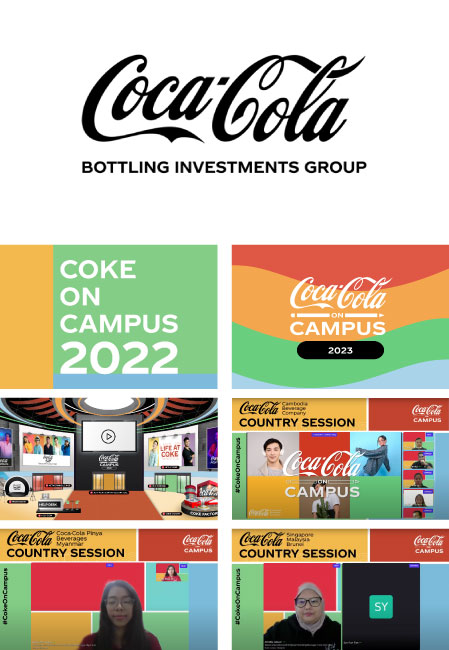FIVE NUMBERS THAT MATTER TO TALENT ACQUISITION SUCCESS
Finding the right person for the right role isn't always easy—it's part art and part science. As companies continue to evolve their talent acquisition practices, we believe there are a few metrics that, if tracked and used right, can definitely drive more mature decision making in the entire process and enable HR teams to become a valuable contributor to the overall business goals of a company. We've listed our top five here with a few guiding questions you can ask and the computation for each metric in case it's a measure that you are still exploring.

1. COST PER HIRE:
For every successful hire, what was our cost to acquire them?
Calculating and tracking cost per hire should be a priority for every company who wants to quantify the results of their hiring efforts. To compute for the cost per hire, add up all your internal and external spend to get talent (e.g. job board licenses, career fair expenses, placement partners, social media ads, etc.) and divide that sum by the number of successfully placed hires within a certain time frame. Looking at cost per hire not only guides your budgeting efforts but also helps you realistically assess the sources of talent that bring you the most value.

2. TURNAROUND TIME:
On average, how many days does it take us to find a successful candidate for our open roles?
Time to fill, or turnaround time, shows a clear picture of the efficiency of your talent acquisition strategy. While the steps to landing a great candidate may vary per level or function, you need to ensure that there are no bottlenecks that could cause a poor candidate experience and worse, a situation where the candidate has already taken another job offer because it took you too long to call back. Effective talent acquisition means you have a steady stream of talent sources, a data-supported and streamlined process for filtering qualified applicants and a fast way to give every candidate the good or bad news. Integrating technologies such as online assessment, applicant tracking systems and video interviews surely help, but at the end of the day, these tools need to complement the capabilities of your team to a point that it speeds up your entire process. Remember, it should be fast according to the applicants' standards, not yours.

3. EMPLOYEE REFERRAL RATE:
What percentage of our hires come from employee referrals?
Did you know that only 20% of employees sourced from job boards stay in the company for more than 2 years? On the other hand, 45% of employees that come from referrals stay on the job for 2 years or more. That's more than double the success rate over the long term. As such, best-in-class organizations find that referrals are always the number one source of qualified talent. So the next time you do a review of your various hiring channels, make sure referrals are in your top 3 channels knowing that they will yield more value to the organization in the long run. To compute for the employee referral rate, simply look at all your hires for a given period and get the percentage that came from your employee referral program (ERP).

4. JOB OFFER ACCEPTANCE RATE:
What percentage of those you have given a job offer accepted your job offer?
All things being equal (salary, office location, position, etc.), the job offer acceptance ratio indicates the strength of your employer brand in the talent market. Because people now review companies the way they review products, having a strong reputation as an employer impacts the decision of a candidate to choose specific companies. The way to compute for the job offer acceptance ratio is to divide the number of job offers you've given out by the number of people that said yes to these offers within a specified time frame.

5. CANDIDATE NET PROMOTER SCORE:
How likely are your candidates to refer others to apply?
Net Promoter Scores came out of research by Frederick F. Reichheld, who was searching for the shortest survey possible that would measure customer loyalty to a brand. He found that a customer’s willingness to refer someone else to the brand corresponded with growth more than any other question. In our case, the Candidate Net Promoter Score is the most telling of the candidate experience. It’s a strong benchmark to understand the kind of experience a candidate went through while applying for your company and can give you good insights on how to refine your entire application process. CNPS is measured by asking the question above and giving the candidate an opportunity to score from a range of 1-10. Candidates that score the experience as 9 or 10 are more like to be active promoters of your company while those who scored 6 or below are considered detractors. These two groups will go out of their way to tell others about the experience they had applying for your company. As talent acquisition professionals are encouraged to think like marketers, taking a page from the customer loyalty handbook is a great way to start making more data-driven decisions.

"Finding the right person for the right role isn't always easy—it's part art and part science. "
Understanding the story behind these numbers empowers people leaders and talent acquisition professionals to be credible partners to the business. We are business people first and HR people second. What this means is that the value of every HR professional has a positive correlation to the value they bring to the organization. It does not mean that people are second priority, but on the contrary, what it means is that the lens we use to make business decisions are based on sound insights gathered from the art and science of recruitment to drive success.
What are your top talent acquisition metrics?
TalentView is a leading employer branding firm with a mission of elevating human capital standards across the ASEAN region. Working directly with business leaders in Fortune 1000 companies,TalentView’s solutions help create and maintain exceptional experiences to attract, engage and retain their talent. Partnering with key global players including Workplace from Meta, The Bot Platform, Talegent, Indeed, Glassdoor, and Hootsuite.
Uncover Your Brilliance with us!







